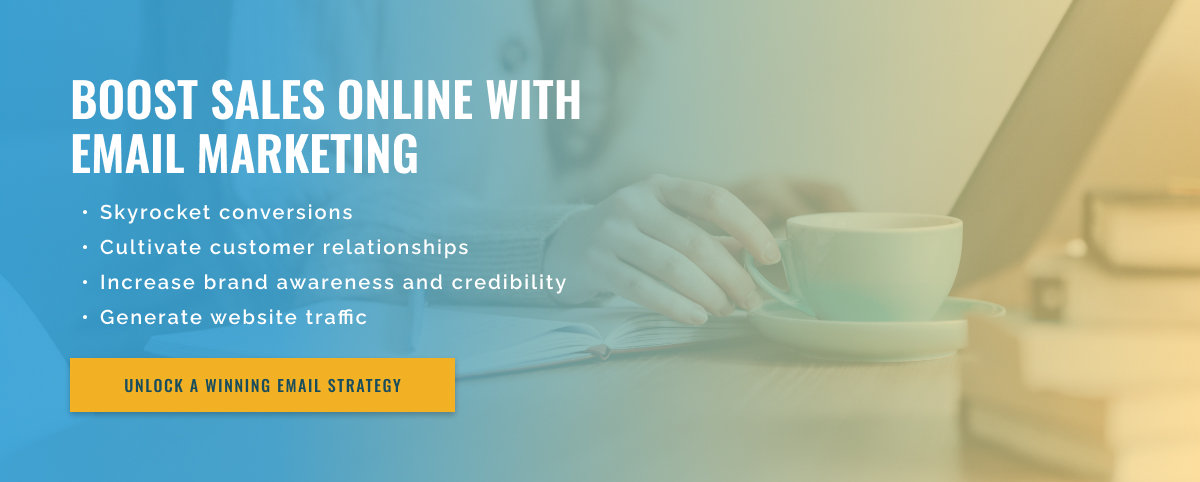3.5 minute read
Mastering Personalization and Tailored Email Campaigns
Email marketing is a powerful tool for companies that want to reach and connect with their target audience. However, in today’s world where consumers are bombarded with countless emails every day, it can be difficult for your email to stand out. This is where personalization comes into play.
Personalization is the practice of tailoring marketing messages to specific people or groups based on their interests, behaviors, and demographics. In email marketing, this means creating highly targeted email campaigns that impact specific audience segments. This not only increases the chances of your emails being opened and read, but also leads to higher engagement and conversions.
So how can you use personalization to create such effective email campaigns? Let’s dive in.
Segment your email list: The first step to creating personalized email campaigns is to segment your email list. Segmentation involves dividing your email subscribers into smaller groups based on common characteristics. This could be their location, interests, purchase history, or even the stage of the customer journey. Segmenting your list allows you to create more targeted and relevant email campaigns because each segment has its own unique preferences and needs.
Send relevant content: After segmenting your email list, the next step is to send relevant content to each segment. This means creating emails that directly address the interests and needs of a given segment. For example, if you have a group of subscribers who have shown interest in a particular product or service, you can send them personalized emails with information and offers about that product. This is much more effective than sending a generic email to your entire list that may not appeal to certain segments.
Use dynamic content: Dynamic content is a powerful tool that allows you to personalize your emails based on information about the recipient. It allows you to insert different content into email messages depending on the recipient’s location, preferences, or previous interactions with your brand. For example, if you have an eCommerce store, you can use dynamic content to show different product recommendations to different segments based on their purchase history.
Test and Analyze Your Campaigns: It’s important to test and analyze your email campaigns to see what’s working and what’s not. Use A/B testing to compare different topics, CTA buttons, and content to see which version performs better. Additionally, analyze your email metrics such as open rates, click-through rates, and conversions to understand the performance of your campaigns.

